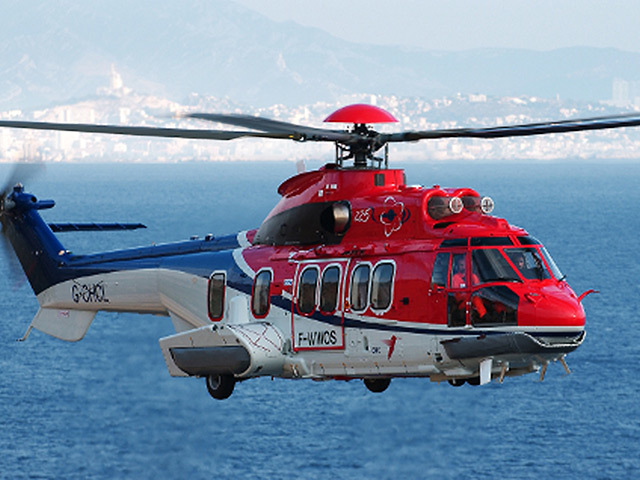
Investigators today confirmed that last year’s fatal North Sea helicopter crash off Norway was caused by a “fatigue fracture” in one of the Super Puma 225’s gears.
Accident Investigation Board Norway (AIBN) said a “micro-pit” on the surface of one of the cogs had caused a crack to develop.
But AIBN said it still did not know why the crack had continued to grow inside the component.
In its latest preliminary report in the accident, AIBN said its investigation had not uncovered any problems with the manufacturing process for the gear box.
Also in today’s report, AIBN said it had found no evidence linking the development of the crack and the involvement of the main rotor gearbox in a road accident prior to installation.
AIBN also said there were “clear similarities” between the incident in April and a crash off Peterhead in 2009 where 16 people died after a different model of Super Puma crashed.
The organisation was unable to say when its final report would be ready due to the “scope and complexity” of the investigation.
Following the report’s publication, the UK Civil Aviation Authority confirmed flight restrictions on the Super Puma 225 and AS332L2 models would remain in place.
Read: CAA confirms Super Pumas to remain grounded
The accident on April 29, 2016, near Bergen claimed the life of 41-year-old Aberdeenshire man Iain Stuart, 10 other passengers and the two crew onboard the Airbus Super Puma 225.
The aircraft had been on a return journey from Statoil’s Gullfaks B platform to Flesland Airport, Bergen, when its main rotor suddenly detached.
Flight data showed the CHC Helicopter-operated Super Puma dropped 2,000ft in the last 10 seconds of its journey.
AIBN said in earlier reports that the accident was “most likely” the result of a fatigue fracture. Other scenarios under consideration included the failure of a suspension bar attachment or of the main gearbox’s conical housing, but they appear to have been ruled out.
Today, AIBN said: “The investigation has shown that the accident was a result of a fatigue fracture in one of the eight second stage planet gears in the epicyclic module of the main rotor gearbox.”
The report reiterated that the fracture had developed in such a way that no debris was produced, and was therefore not detected by the safety systems of the Super Puma.
AIBN said the crash off Peterhead in 2009 was also caused by fatigue fracture.
However, while one warning of possible gear fracture was recorded in 2009, there was “no advanced warning” in last year’s accident.
AIBN said: “We will continue the investigation into how and why two similar catastrophic accidents could happen to near identical helicopters only seven years apart.”
Guillaume Faury, chief executive of Airbus Helicopters, said: “We wish to express our deep regret at this tragedy, and again, we offer our sincere and profound sympathies to the bereaved families.
“Since the accident, we have been providing our full and complete support to the investigation.
“We have had regular technical meetings with the authorities as well as with all relevant helicopter industry bodies.
“We look forward to every opportunity to discuss with them the safety recommendations and technical points arising from the report.
“We are totally committed to transparency in all matters regarding aviation safety and international helicopter regulations.”
A CHC spokesman said the company was “fully committed to supporting” the ongoing investigation.
He said: “As we mark the first anniversary of the tragic accident in Turøy, our thoughts remain with the families and friends of those who were lost.
“We continue to comply fully with all guidance issued by the relevant authorities regarding the EC225 and the AS332L2.
“In both Norway and the UK, the regulators continue to have in place operational directives that effectively prohibit the use of these two models. Our global position mirrors this approach for now.
“We, along with other operators, continue to review this position as the output from the investigations dictate.”
Recommended for you

